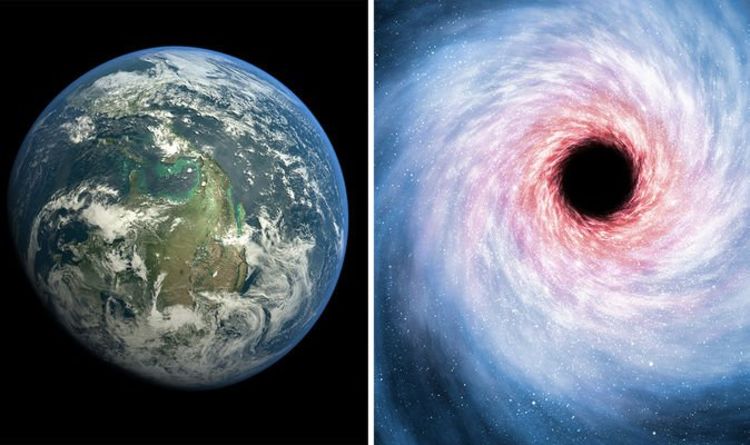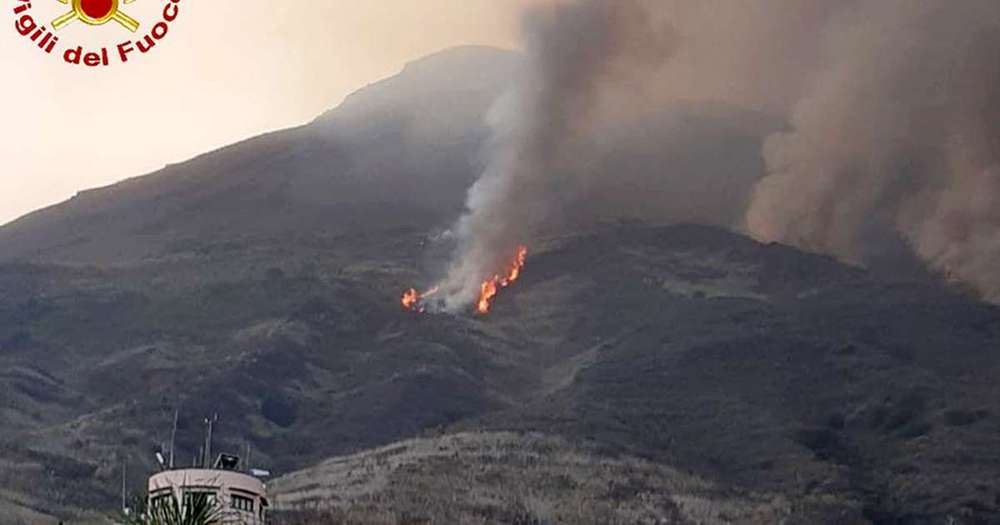Death in the modern age brings new challenges — namely, our digital lives are poised to outlive us. In this video, University of California professor BJ Miller describes the best practices to have in place for the accounts that you leave behind.
Category: futurism – Page 1,017
Bill & Ted’s Gave Rock & Roll to You HD. m/
Bill & Ted’s Bogus Journey end theme.
Short Circuit 2
Johnny 5 saves the day as he chases down that bad guy Oscar.
A hominid skull fossil reveals the face of Lucy’s possible ancestors
Y. Haile-Selassie et al. A 3.8-million-year-old hominin cranium from Woranso-Mille, Ethiopia. Nature. Published online August 28, 2019. doi:10.1038/s41586-019‑1513-8.
B.Z. Saylor et al. Age and context of mid-Pliocene hominin cranium from Woranso-Mille, Ethiopia. Nature. Published online August 28, 2019. doi:10.1038/s41586-019‑1514-7.
B. Asfaw. The Belohdelie frontal: new evidence of early hominid cranial morphology from the Afar of Ethiopia. Journal of Human Evolution. Vol. 16, Nov.-Dec. 1987, p. 611. doi:10.1016/0047–2484(87)90016–9.

Black hole warning: Astronomer’s dire prediction over Earth’s future revealed
A black hole is a region of spacetime exhibiting gravitational acceleration so strong that nothing can escape, not even light. These cosmic phenomena are said to form when massive stars collapse at the end of their life cycle. Then, they can continue to grow by absorbing mass from their surroundings, engulfing stars in their path and merging with other black holes.

Carl Sagan on why he liked smoking marijuana
Carl Sagan liked to smoke weed. His essay on why is fascinating.
RAADcity: Premier Anti-Aging Expo
Any chance of tooth regeneration, this year?
RAADcity: The marketplace of your future.

How China is still paying the price for squandering its chance to build a home-grown semiconductor industry
This is the first in a series of in-depth articles examining China’s efforts to build a stronger, domestic semiconductor industry amid rising trade tensions with US.
After several decades and billions of dollars of investment, only 16 per cent of semiconductors used in China today are manufactured domestically.

Italy’s Stromboli volcano erupts anew, spewing fiery lava
ROME (AP) — The Stromboli volcano has erupted, spewing fiery chunks of lava onto the tiny Italian island and alarming residents and tourists.
The National Institute of Geophysics and Volcanology says a strong volcanic explosion just after noon Wednesday sent flaming lava rolling down the volcano’s slopes to the edge of the sea. A similarly spectacular eruption in July on Stromboli killed an Italian hiker.
There were no immediate reports of injuries. Some small fires were reported near one of the Mediterranean island’s hamlets.